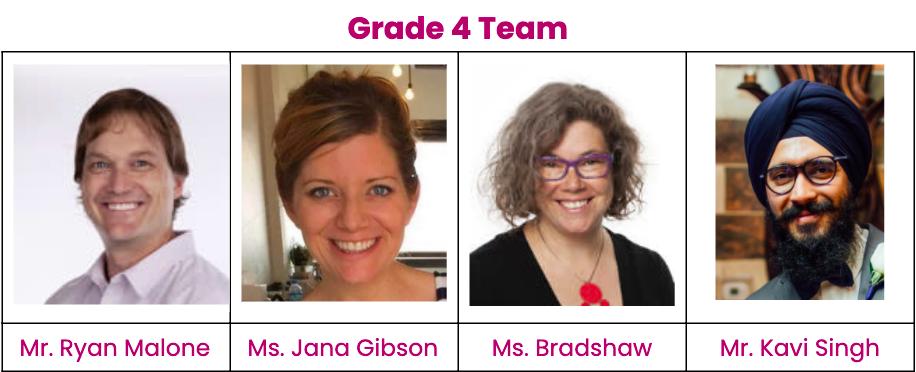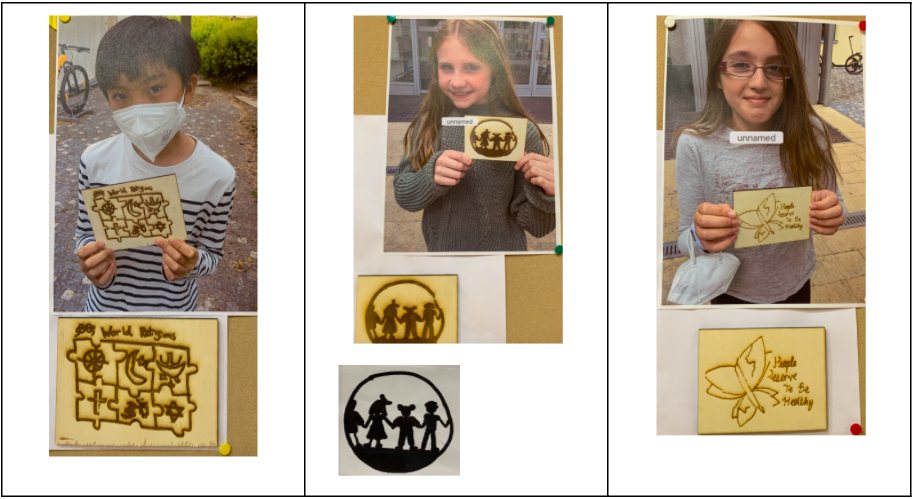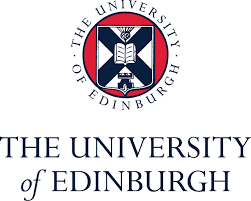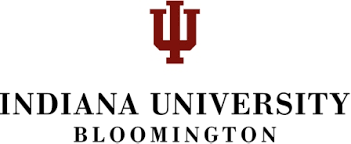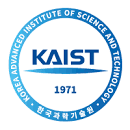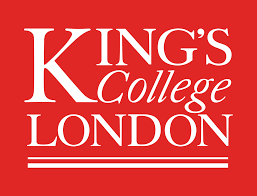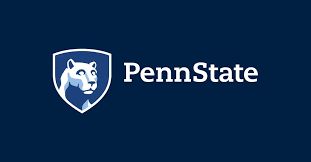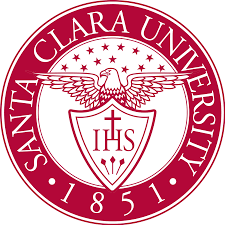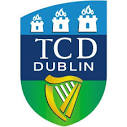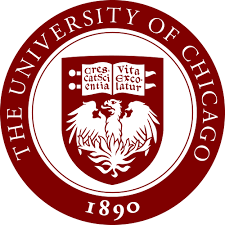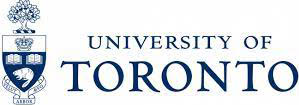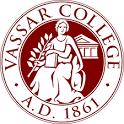
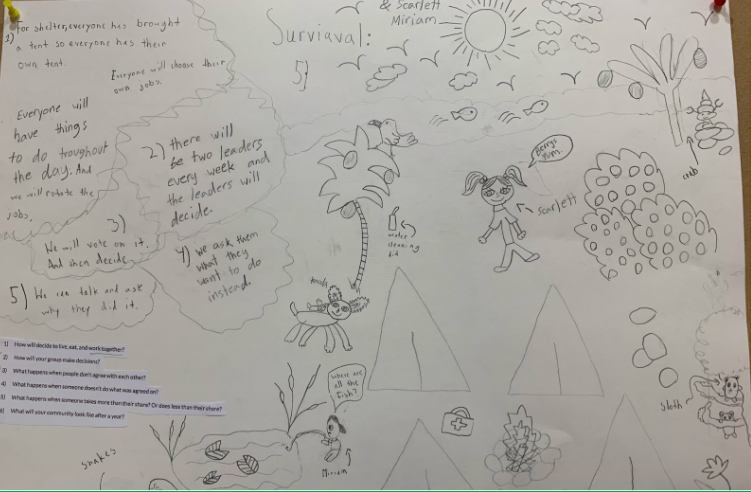
Every year our Grade 4 learners wrestle with the complexity of human rights and responsibilities, inquiring into the questions of:
- Who decides what is fair?
- How do we decide what to do when people’s rights compete?
- What’s more important, rights or responsibilities?
- Why should I care about other people’s rights?
In past years, students would have started the unit with a simulation where they lose different rights in their classrooms. Figuring that we have all had enough loss this year, the teachers selected a simulation of trying to survive on an island and creating rights for those stranded there.
Empathy & Perspectives through literature
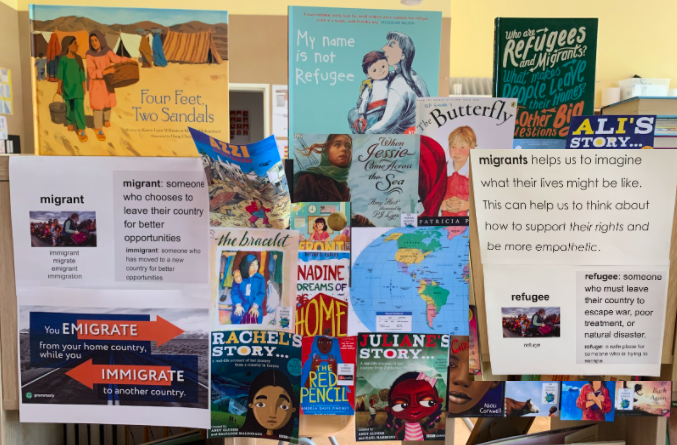
Literature gives us a chance to gain understanding and perspective by experiencing the thoughts,challenges, and insights from others ‘ experiences. As Grade 4 students read about migrants & refugees, they better understood the impact on the rights of those who migrate and/or those who are forced to leave their homes.
Stereotypes, Bias, and Discrimination
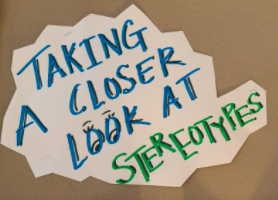
We all have certain biases, whether we realize that we do or not. Grade 4 students engaged in an activity where they looked at photos of individuals from different walks of life and guessed which description they thought was intended for that person. Through carefully facilitated conversations, hidden biases and stereotypes surfaced and discussed. These are complex concepts to deal with as they are at the heart of human connection and our hope for deep acceptance and understanding of the world’s myriad cultures, perspectives, experiences, and stances without unintended discrimination.

Critical Thinking
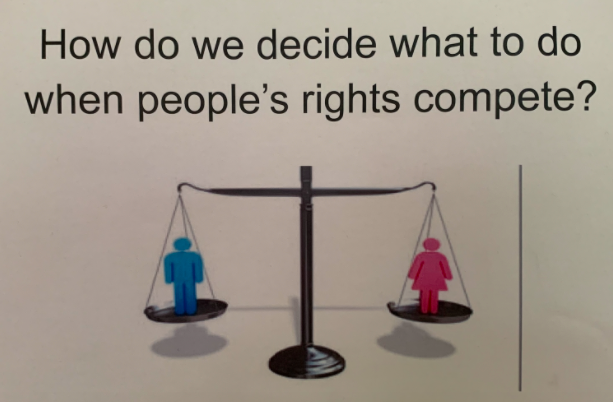
At the heart of all learning and particularly in this unit, learners further develop their capacity to think critically:
- Question assumptions, biases, status quo
- Investigate systematically and deeply
- Synthesize divergent ideas to seek patterns
- Rethink ideas in light of new information
- Reason with sufficient quality evidence.
Learners examined closely the various human rights and made their cases for which they felt were the most important and why. They then had to make hard decisions about what to do when there were rights competing by analyzing, considering perspectives and reasoning with evidence.

Closure
As they closed this unit, learners created a symbol to represent the right that resonated with them most and created a wooden version of that symbol with the laser cutter in the Idea Lab.

In seeing and hearing about how these young learners considered and connected the complexity of rights, perspectives, bias and responsibilities, we are inspired that future generations will be more harmonious and understanding of one another.
